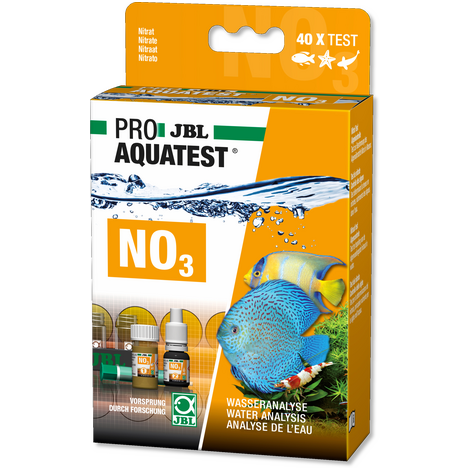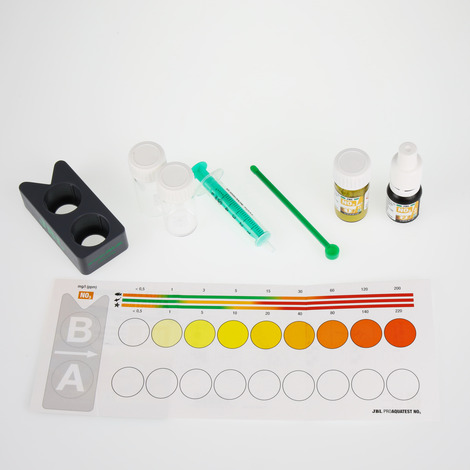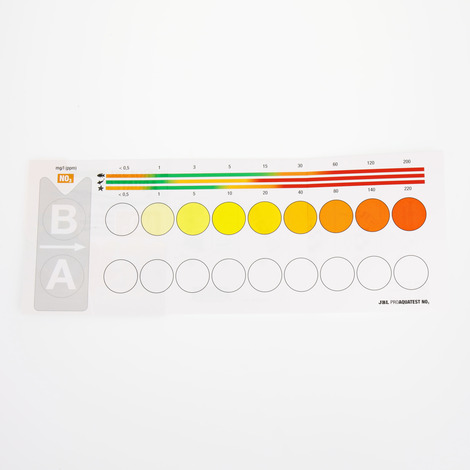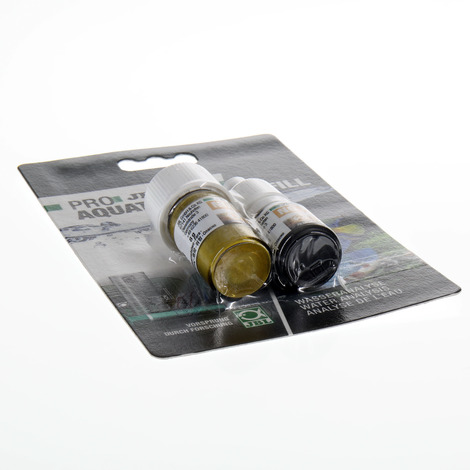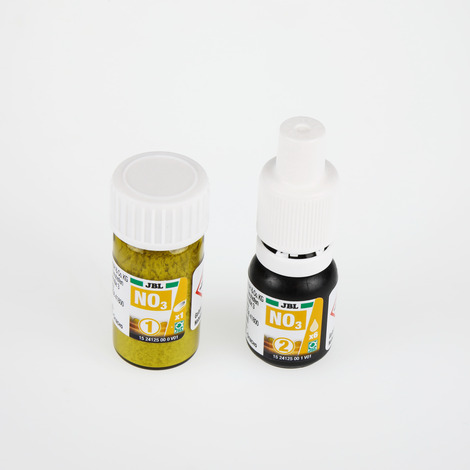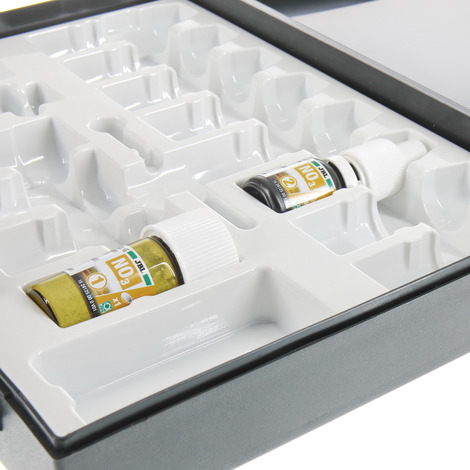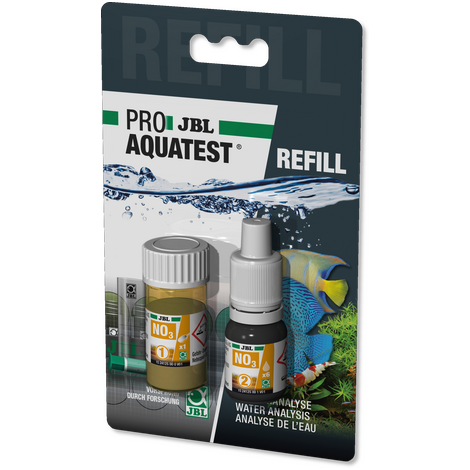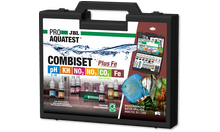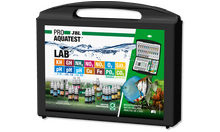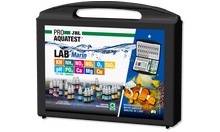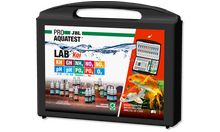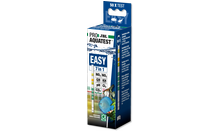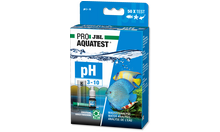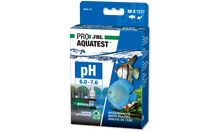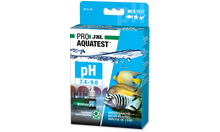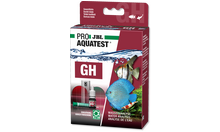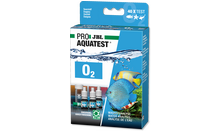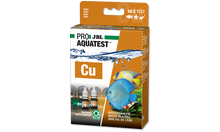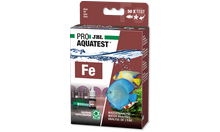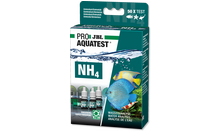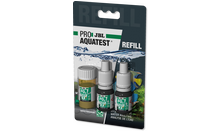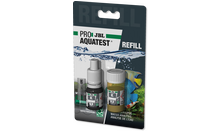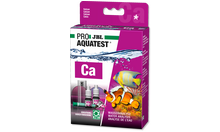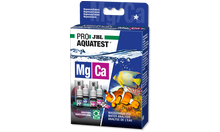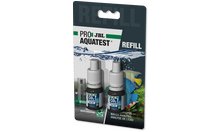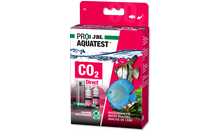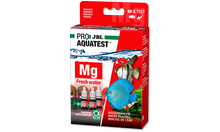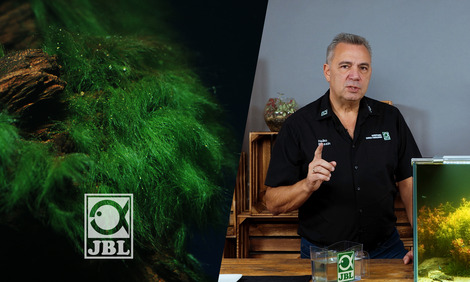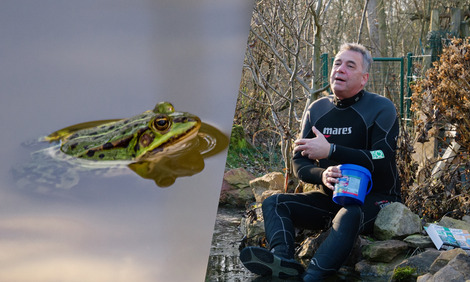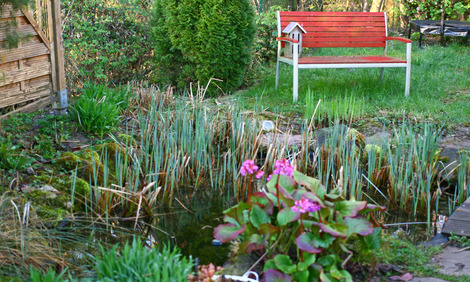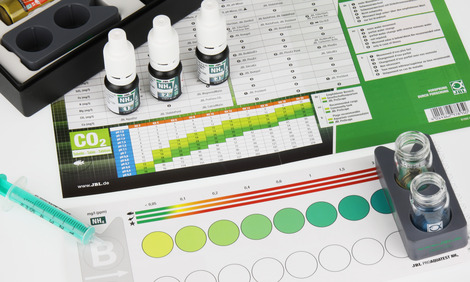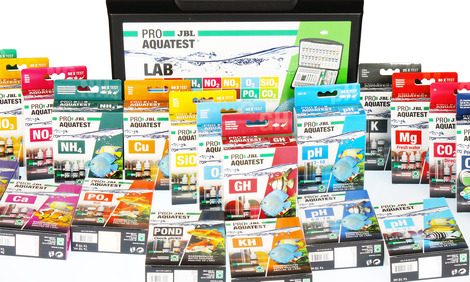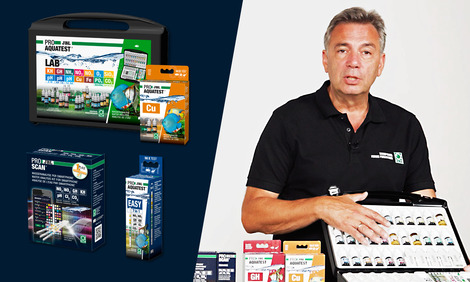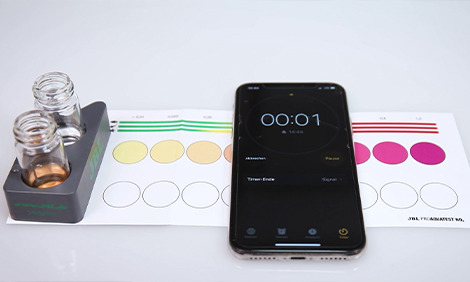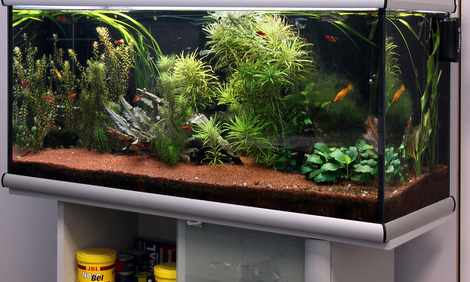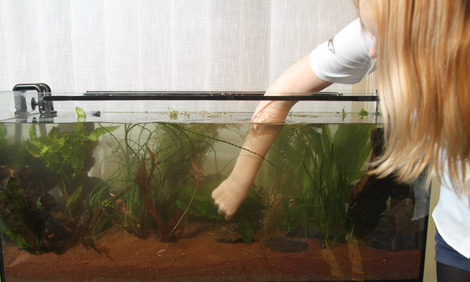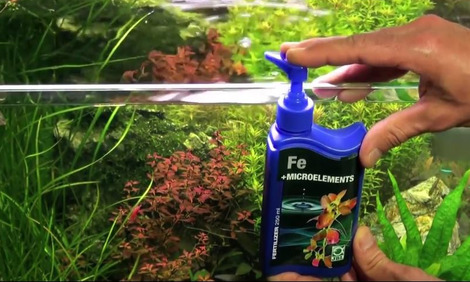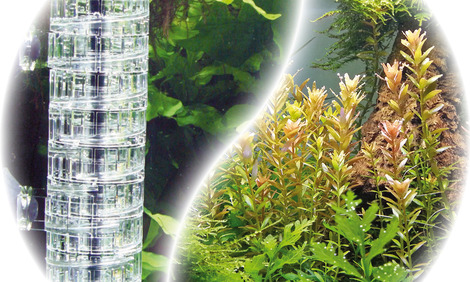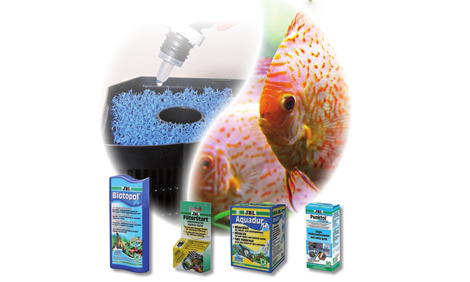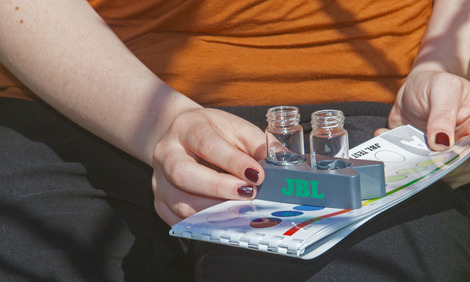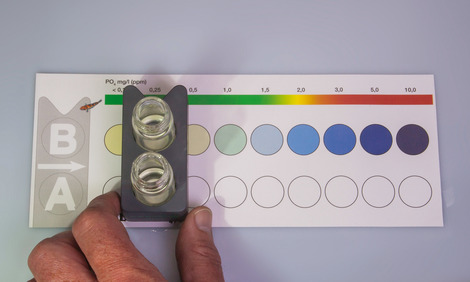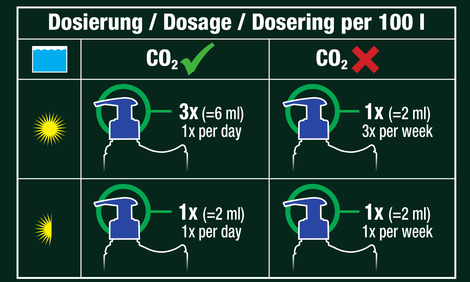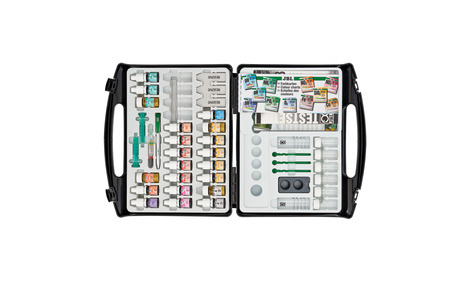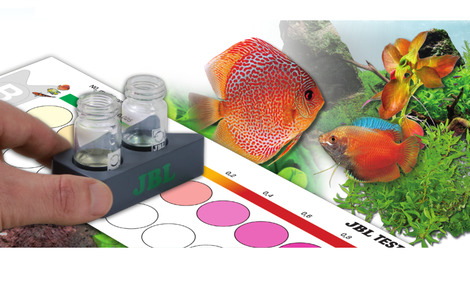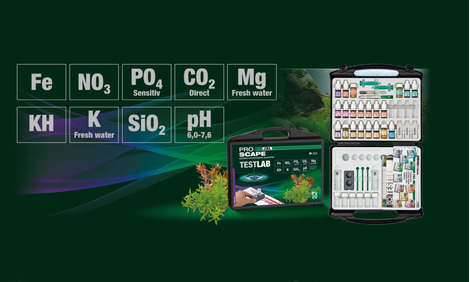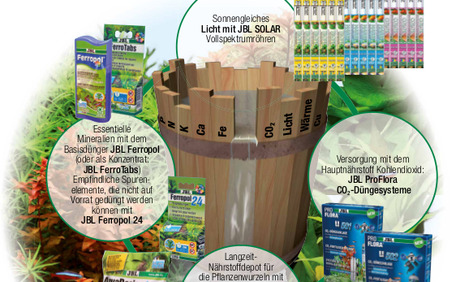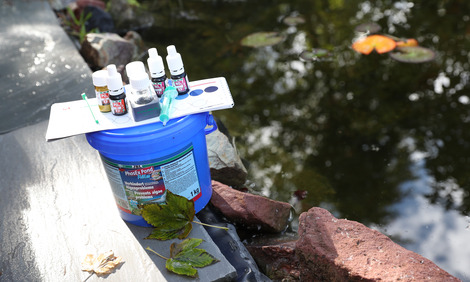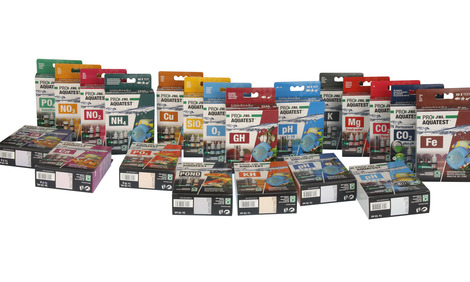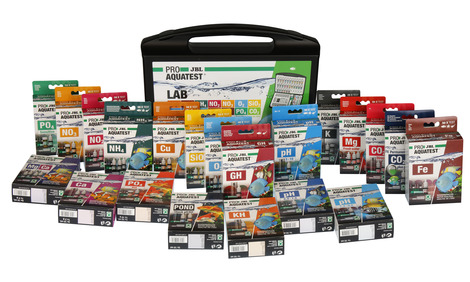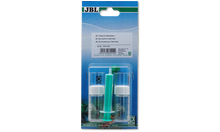Healthy aquarium/healthy pond with conditions close to nature
The right water values are dependent on the fish stock and the plants in the aquarium/pond. Even if the water looks clear it can be contaminated. With bad values diseases or algae can appear in the aquarium/pond. To maintain a healthy aquarium/pond with conditions close to nature it is important to check and adapt the water values regularly.
For each water analysis JBL provides water tests in the form of quick tests or colour change tests. These determine a certain value or several values in one go. With these water tests you can recognise algae problems and negative nitrate, nitrite, potassium, magnesium values etc.
Why test?
Nitrate is the end product of mineralisation in the aquarium/pond. Even in relatively high concentrations it is non-toxic for fish, but has an adverse effect on plant growth and the well-being of several fish species. Furthermore too high nitrate contents promote unwanted algae growth if phosphate is present in the water as well as nitrate.
Recommended nitrate values:
Freshwater aquarium (community aquarium): 0-50 mg/l
Lake Malawi/Lake Tanganyika aquarium: 0-50 mg/l
Plant aquarium with few fish (aquascaping): 10-30 mg/l
Marine aquarium: 0-20 mg/l
Pond: 0-10 mg/l.
You can analyse the water values you have measured in the JBL Online Laboratory free of charge and receive recommendations.
JBL PROAQUATEST NO3 Nitrate
Quick test to determine the nitrate content in freshwater/marine aquariums and ponds
- Determines the optimal nitrate value for perfect plant growth or possible cause of algae growth in freshwater and marine water
- Laboratory comparator system to compensate the inherent water colour: fill glass vials with sample water, add reagents to one vial, place vials in holder, read values off colour chart
- Use: when setting up a new freshwater aquarium: 1 x weekly. When setting up a new marine aquarium: 1 x weekly. With green algae problems
- You will find detailed information and troubleshooting tips about water analysis on the JBL website in Essentials/Aquarium or Pond
- Package contents: 1 nitrate test for approx. 40 measurements, incl. 2 reagents, 2 glass vials with screw caps, syringe, dosing spoon, comparator block and colour scale. Reagent refill separately available
